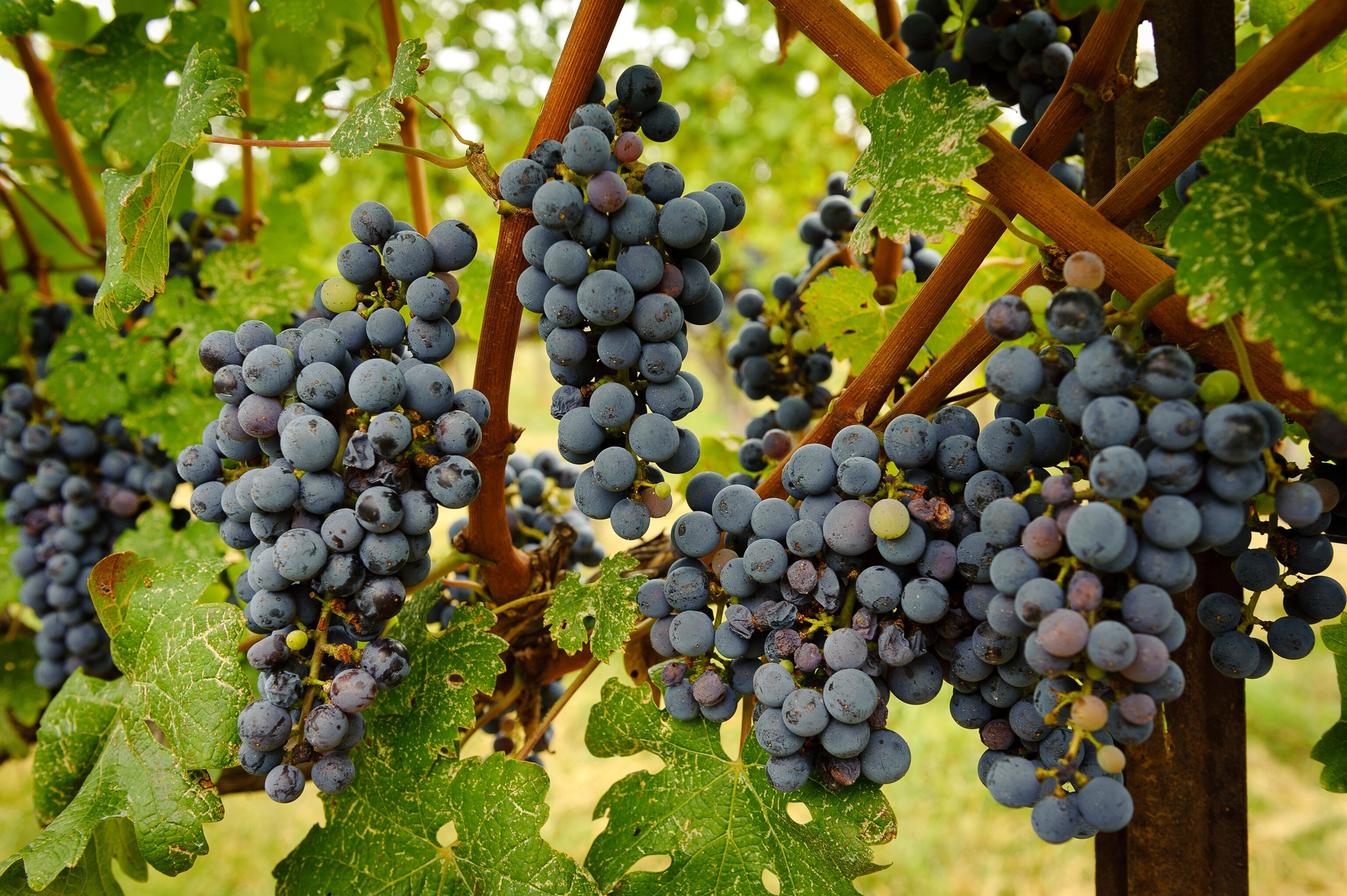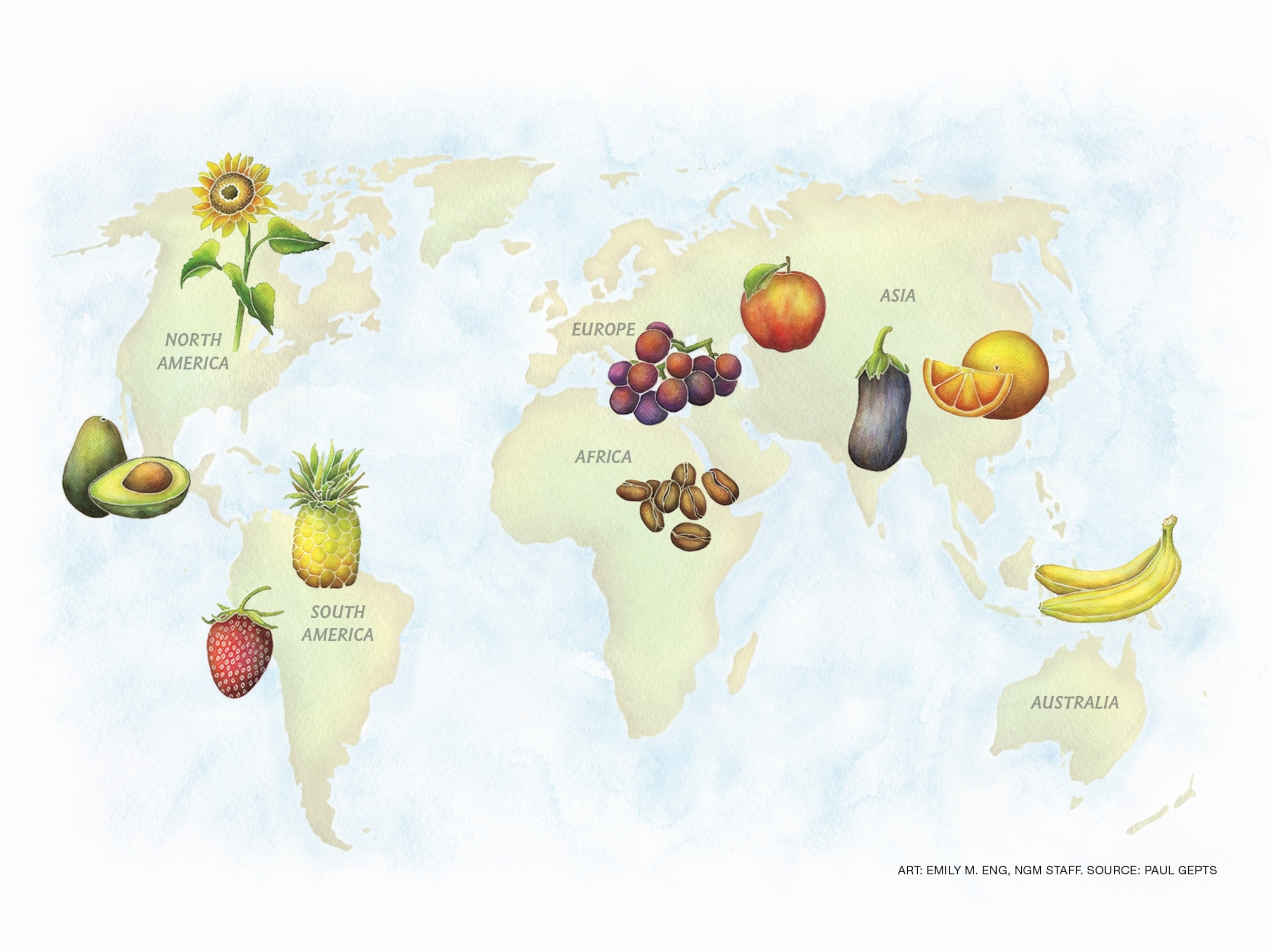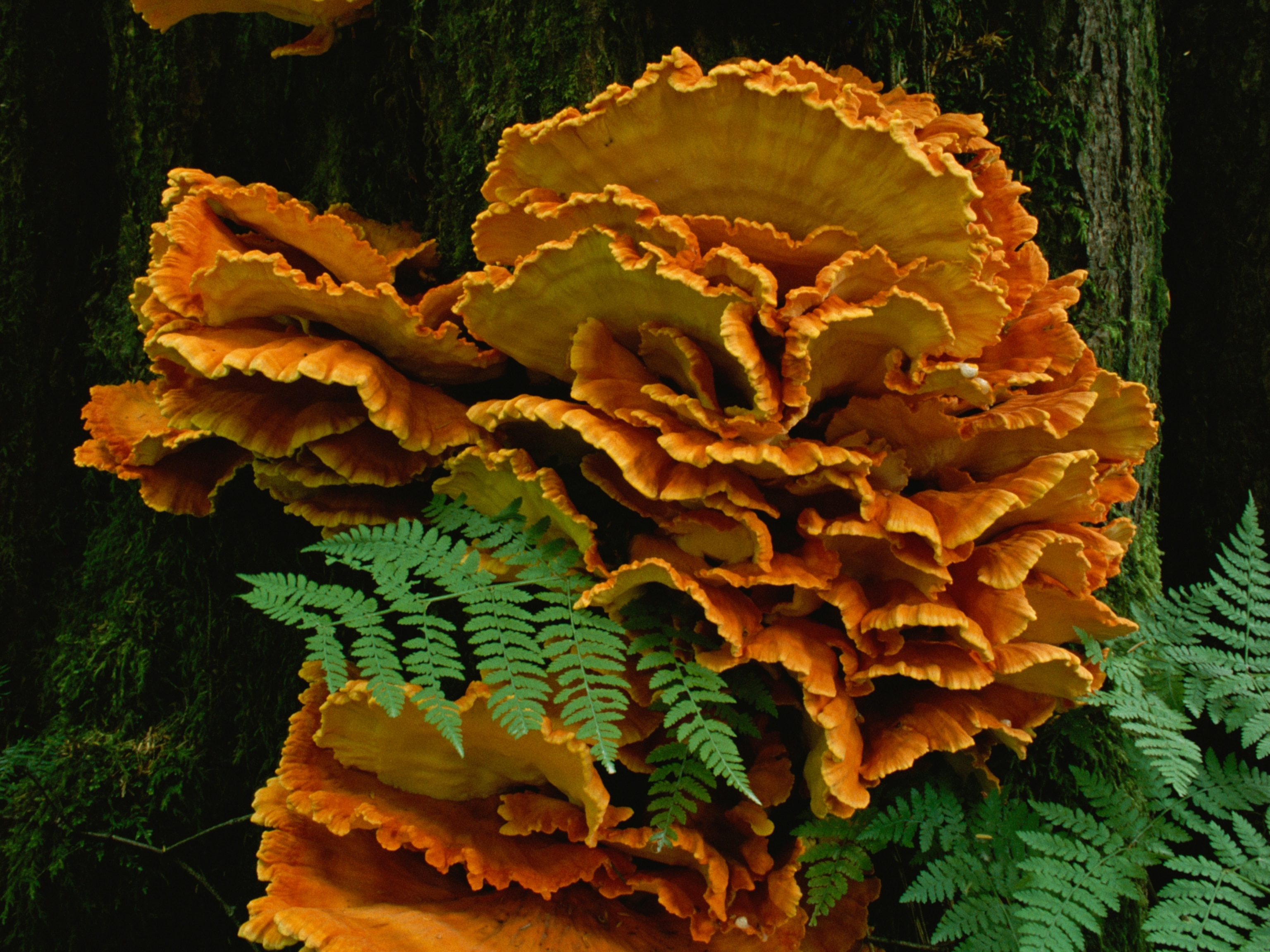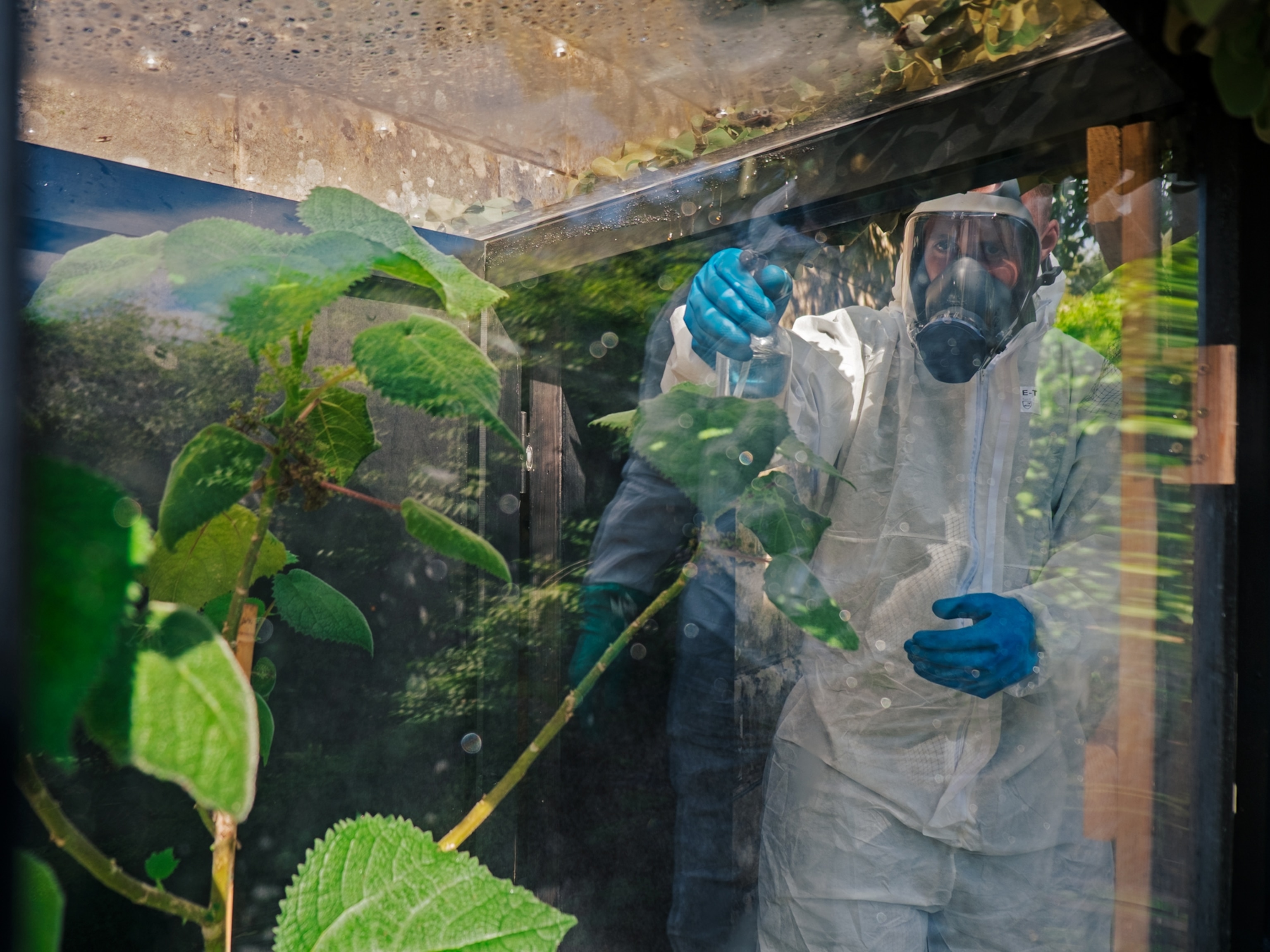
Scientists Say Go Wild to Preserve Crops for the Future
With apologies to Matt Damon’s character in The Martian, when it comes to feeding a hungry, hotter planet, the Idaho potato alone isn’t going to cut it.
Unfortunately, many of the staple foods that humanity relies on are at risk from climate change. So plant scientists are increasingly looking to genes from wild relatives of domesticated crops for traits than can help our familiar potatoes, bananas, and rice adapt.
The problem is, we’re missing about 70 percent of the genetic material we need, according to a study released this week by the International Center for Tropical Agriculture (CIAT).
“If we want to have at our disposal all the possible options for improving these crops, we need to have diversity,” says Luigi Guarino, director of Science and Programs at the Global Crop Diversity Trust (Crop Trust) and one of the key authors of the study.
The study marks the halfway point of a ten-year effort of CIAT, Crop Trust, and the Royal Botanic Gardens, Kew, to collect, conserve and promote the use of wild relatives of 29 major crops. It lays out, for the first time, an atlas of what plants are most needed and where they are located.
For example, 29 kinds of potatoes in the Andes and six kinds of bananas found largely in the Philippines and southern China are among the priority plants. Bananas are particularly tricky to breed, as the domesticated varieties have no seeds, notes Guarino.
Other priorities the study identifies for wild species collection include cassava, sweet potato, millet, apples, carrots, mango, pineapple and plaintains. Even the wild relatives of staples like maize and wheat are missing from the globe’s gene banks.
Wild plant cousins are found all over the world. “One would think it would be only tropical countries with lots of biodiversity, but actually most crops were domesticated and have their centers of diversity in specific areas around the world,” Guarino says. For example, grains in the Fertile Crescent and rice in Asia.

Of course, collecting the samples from wherever they are is not easy. “Urban expansion, deforestation, and [the fact that] some of these places are very remote and difficult to get to… in some cases there’s bad stuff going on,” Guarino says, such as war and famine.
And then there’s the challenge of getting the samples to a secure seedbank (not everyone has a Svalbard within reach) and maintaining them there with adequate resources when other, more immediate fiscal pressures come up, like responding to terrorism or rescuing refugees.

And lest you think this is some new-wave, futuristic science, wild relatives have come to the rescue of our domesticated plants many times before. In the 1970s, a wild rice species was used to develop new varieties resistant to grassy stunt virus, which caused millions in damage to Asian rice farms.
And in the early 1900s, the practice may have saved the wine industry. The wild North American grape species Vitis rupestris Scheele, Vitis berlandieri Planch, and Vitis riparia Michx were used to breed grapes to resist an aphid-like insect that threatened France’s fields. Alas, the bug had apparently hitched a ride from America. We’ll drink to getting rid of that.
The research was published in the journal Nature Plants.





